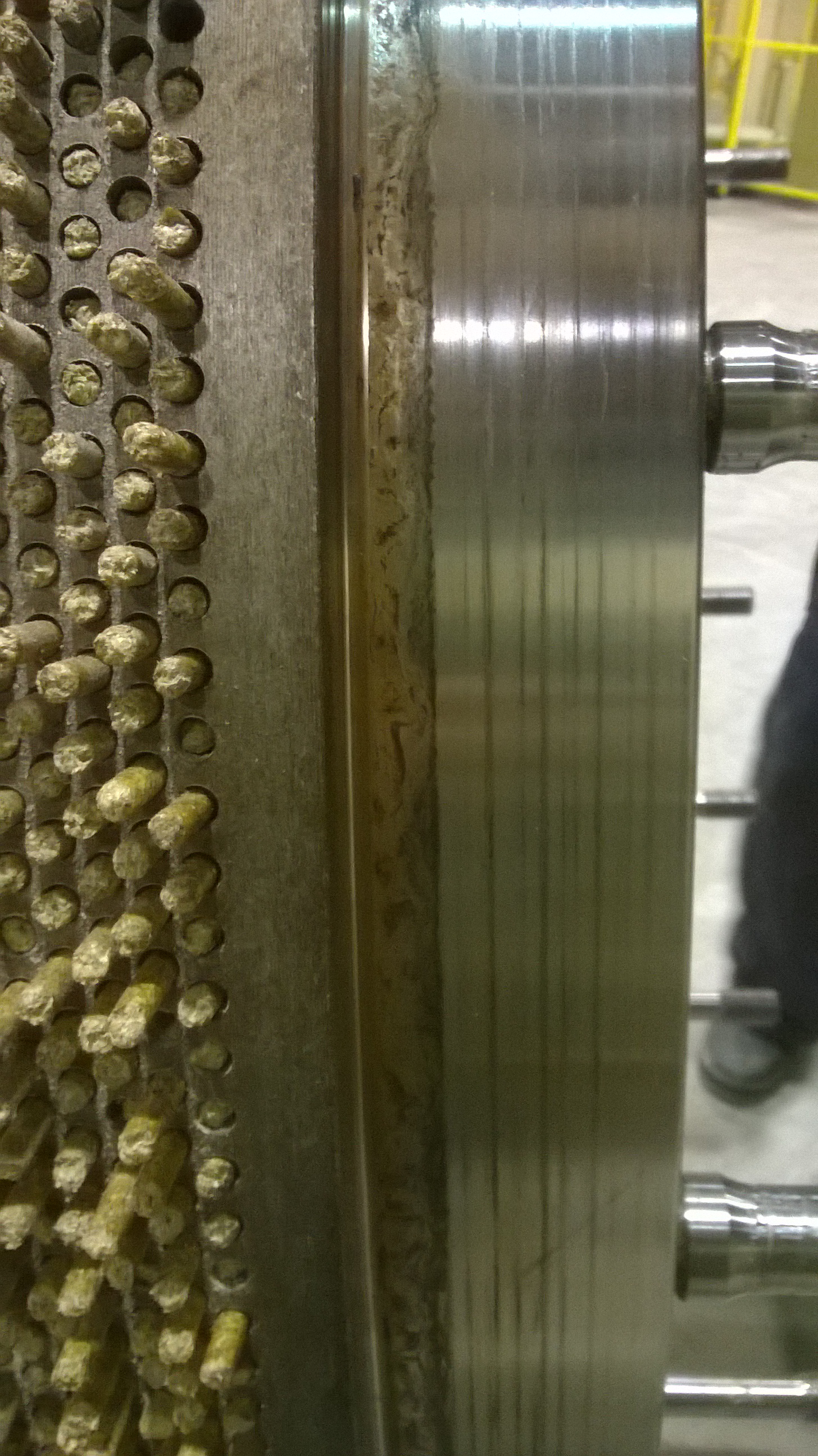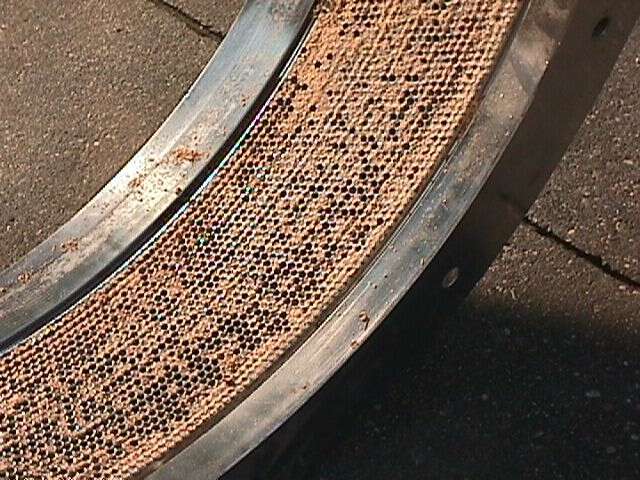When does the pellet mill become clogged?
Your pellet mill has blocked while producing pellets?
This can affect not only the production of pellets, but also the machine and spare parts. Let's find out when the pellet mill becomes clogged and how to overcome this problem.
There are different types of clogging:
- Dry clogging (ruminant feed)
- Wet blockage (poultry feed)
- Typical clogging of plastics
- Typical clogging of organic fertilizers
Dry clogging occurs when an attempt is made to force the output of the machine beyond its natural capacity and the power for extrusion is insufficient. In this case, the power consumption exceeds the maximum available power and the amperage exceeds the safety and emergency thresholds.
Dry clogging in a pellet mill can also occur when the material being processed is not moist enough. Pellets are formed by compressing and heating the material, and if it is too dry, it will not stick together and will not form properly. This can cause the material to become stuck in the die and roller, leading to clogging. To prevent dry clogging, it is important to ensure that the material being processed has the appropriate moisture content and that the die and roller clearance is set correctly. Additionally, proper maintenance of the pellet mill can help to prevent dry clogging.

Dry clogging is characteristic of fibrous products (cattle feed formulas, sawdust, etc.). If the operator handles quickly, he can overcome the emergency phase by discharging part of the flour onto the ground, opening the emergency door located in the conveyor and simultaneously reducing the machine's capacity.
An automatism with two alarm thresholds managed with two PID control loops makes it possible to overcome emergencies. The first threshold repeatedly activates the emergency door, unloading part of the product onto the ground. This activity, and the simultaneous reduction in flow rate, allows the press to be recovered without blocking the draw bench and the press.
Wet clogging occurs when the rollers slip due to one or more negative factors:
- product rich in fat or grease
- excess humidity
- presence of free water
In this case, there is a progressive anomalous oscillation in the absorption of amperage without exceeding the emergency threshold. The oscillation increases progressively and at the same time the pelleting chamber fills with product which no longer passes through the holes, but on the contrary, is rejected and regurgitated.
It is practically impossible to come back from this emergency phase because the signal given by the oscillation of the amperage is characteristic of a clogging process that is already at an advanced stage. The "muffled" noise coming from the press, instead of the characteristic ticking of the pellets against the door, can also be a symptom of clogging.
“Wet" clogging can be avoided by learning to manage the factors that cause it: steam conditioning in particular must be managed: condensate drainage, steam pressure, conditioning time in the conditioner etc. are factors that must be managed according to the formulation and characteristics of the raw materials.
Plastics: clogging
The control of the temperature due to the mechanical friction of the pelleting process is essential to manage the processing of plastics. In particular, thermoplastics have two characteristic temperatures: the softening temperature and the melting point.
In order to successfully pellet plastics, the softening temperature must be exceeded, but the melting temperature must never be reached or exceeded, at which point the rollers slip and need: a layer of semi-liquid plastic surrounds the rollers and the front plate, preventing the product from flowing.
The choice of compression index is important to avoid too high a level of friction. Spraying water in the pelleting area can also help to control the temperature.
Note: pelleting a mixture of two or more different plastics is much easier than pelleting a mono-plastic.

Organic fertilizers: clogging
Organic fertilizers come from a composting process that allows the moisture content to be reduced, although it remains above 18-22%.
The organic product, which has a muddy and sticky appearance and behaviour, has a tendency, due to the high moisture content, to knead the rollers together with the faceplate and baffles and cause the rollers to slip. In this case it is important not to force the production of the machine, but to limit it to the physiological capacity of the press, otherwise it will favour slippage and kneading of the press with inevitable instability.